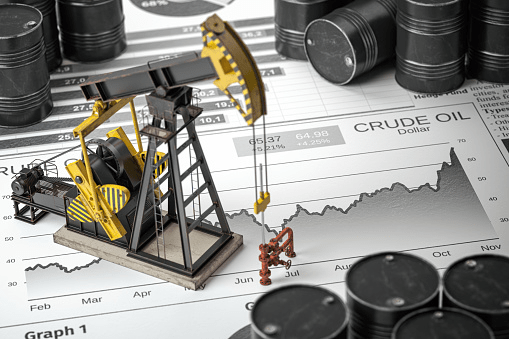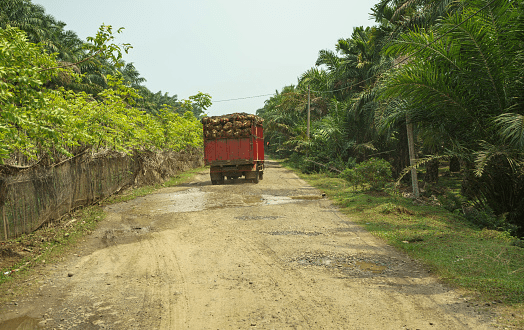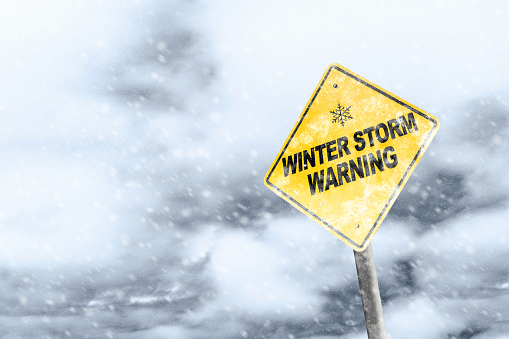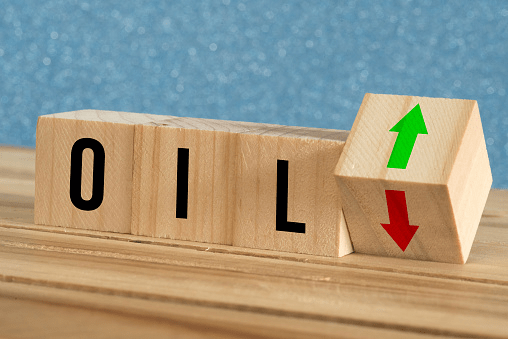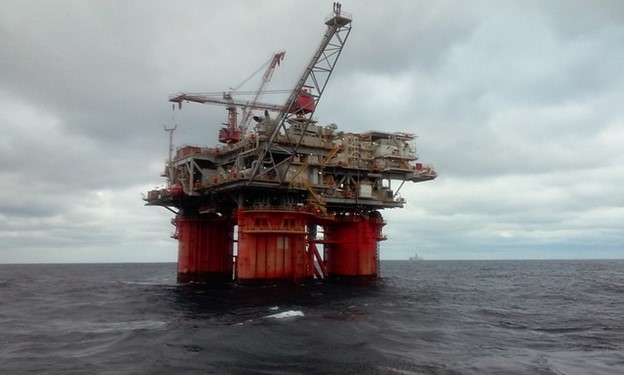OPEC+ consists of the Organization of the Petroleum Exporting Countries and partners led by Russia. It produces over 40% of the global supply. Moreover, it has faced tension from top consumers like the United States and India. They want the organization to pump more to help the economic recovery epidemic.
But OPEC+ has declined to adhere to quicker increases. It argued that the world faces an energy deficiency because of poorly calculated energy transitions to greener fuels by consuming nations.
Several OPEC members have toiled to pump even in line with their quotas because of under-investment of the past few years.
On Tuesday, five OPEC+ sources informed Reuters that they anticipated the ministers to agree to a planned increase of 400,000 barrels per day in March, notwithstanding high oil prices.
Maintained Oil Price Growth
A report prepared by the committee, known as the Joint Technical Committee (JTC), and witnessed by Reuters on Tuesday, kept the forecast for world oil demand increase unchanged for 2022 at 4.2 million BPD.
It stated it expected demand to rise to pre-epidemic levels in the second half of the year. Oil demand achieved its peak of slightly above 100 million BPD in 2019.
The report still stated the world would face a crude surplus in 2022. It should reach 1.3 million BPD; slightly less than its prior forecast of 1.4 million BPD.
Nevertheless, the report remarked that several risks resume lingering over the oil market. These include “significant uncertainties” associated with the potential effect of the Omicron COVID-19 variant; ongoing supply chain bottlenecks; and central bank policy to counter inflation.
The JTC also lagged in other risks to the oil market recovery. It noted volatility in commodity markets, restraints on oil production capability from underinvestment, the challenge of high sovereign debt levels in many regions, and geopolitical risks.


